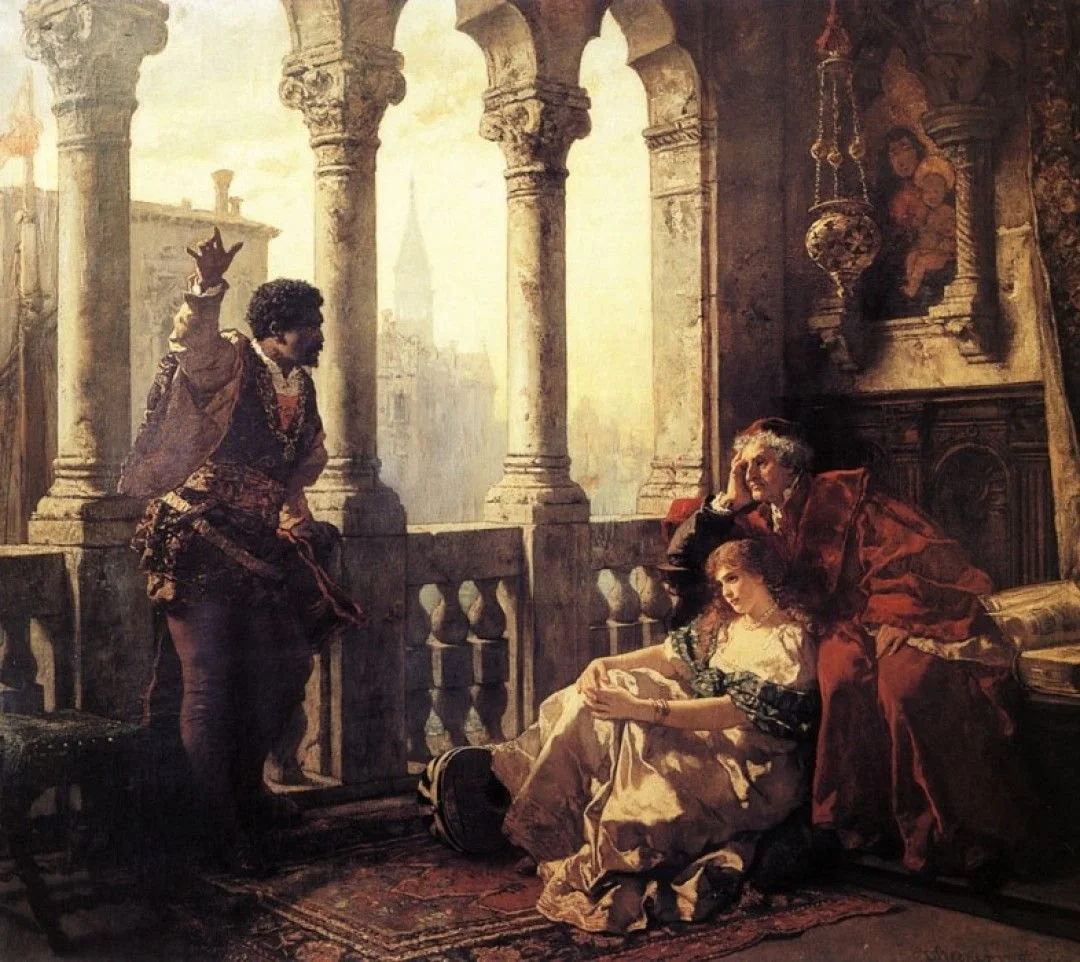In the painting Punishment of a Hunter, the Dutch seventeenth-century artist Paulus Potter depicted animals putting a hunter on trial and enacting a death sentence. In this artwork, the animal court and hunter’s execution by burning appear in two central scenes, surrounded by smaller allegorical and hunting vignettes that show animals and humans. Compared to other works of seventeenth-century Dutch art, the content and format of this painting stand out as being rather peculiar.
Read MoreThe feminine image is a broad conceptualization of feminine identity and behavior and is thus based in archetypical femininity. Archetypical femininity includes the nurturing quality associated with maternity, the chaotic element of nature and transformation, and the display of physical beauty and sexual appeal. Archetypal femininity, though expansive and necessary to the substance of life, becomes an oppressive tool when rigid expectations for gendered behavior arise from it.
Read MoreCivil wars and emigration are closely related concepts; wars force relocation, while refugee populations beyond a state’s borders can influence a conflict within its original borders. As Idean Salehyan writes in his “Rebels without Borders: State Boundaries, Transnational Opposition, and Civil Conflict,” from Sikhs in Pakistan to Contras in Costa Rica, “modern insurgencies are not limited to the geographic area of the state.”
Read MoreShakespeare’s Othello is familiar to literary scholars and high school students alike: the eponymous Venetian general, falsely led to believe his wife is an adulteress, kills her and, upon realizing his error, himself. Some scholars analyze Othello’s fall by adopting a military lens.
Read MoreWhatever the modality, whether verbal, written, body-language, or even the release of various chemicals and pheromones, communication is universal between all living things. Humans naturally congregate and gravitate towards one another for more than just survival, rather for companionship and celebration, primarily through language. It is from these congregations, each with their distinct methods of communication, language, that cultures are born.
Read MoreMade in the 18th century, Water Dropper: Poet Li Bai Sleeping Near Pine, Plum and Bamboo is a small fluorite sculpture with a cavity and opening so it could be used as a water dropper in ink making. The piece reinforces the well-known fact that calligraphy and ink were vital to Chinese culture and were considered one of the highest forms of art. This piece shows a sensitivity to material and color that is indicative of a culture deeply in tune with the natural world, Daoist principles, and its ancient past.
Read MoreSimone de Beauvoir in The Second Sex asks: “What is a woman?” Equally, however, the question might be: Who is de Beauvoir’s “woman”? For de Beauvoir, woman, the titular “second sex,” is “second” to man insofar as she is understood in relation to man, is dependent on man, and serves man.
Read MoreIt is well-known that on January 6, 2021, while the electoral votes were being certified, an insurrection was unfolding at the U.S. Capitol. The event was born of a concerted effort to overturn the results of the presidential election. Probably the most important aspect of this event was the barrage of misinformation doubting the security and results of the election. So, to understand this piece of history that is still unfolding, it is important to understand the rhetoric, or the verbal tactics, attached to it. In other words, how can a lie about election fraud be crafted so effectively?
Read MoreAt its peak, Rome was an urban city very much like cosmopolitan cities of today, featuring a rich intermingling of various cultures and religions that thrived on economic strength and growth. Scholars agree that the city contained approximately a million urban residents, with the city having an estimated consumption of more than 150,000 tons of grain per annum. This, however, begs a following question. What was the quality of food for everyday Romans actually like?
Read More








